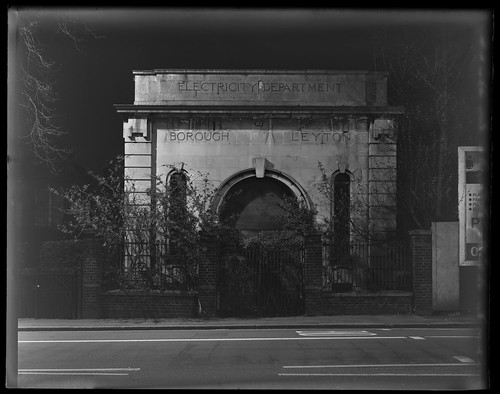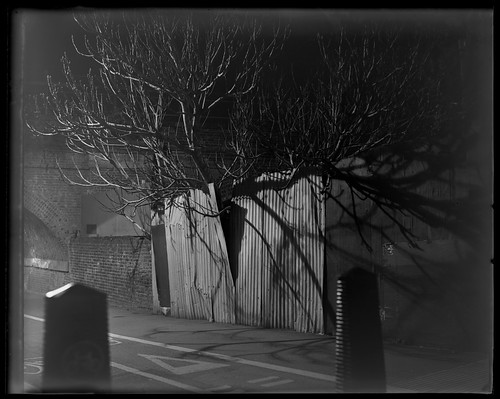I set up this blog a couple of years ago specifically to write about film based photography, so to write about the changes to Flickr are a little outside the remit I have given myself, yet my recent engagement with photography would probably not have happened without Flickr. I started using Flickr nearly six years ago as a way to contribute to Camerapedia, and followed the disgruntled contributors of that site to
Camera-wiki when Camerapedia
was turned into a commercial site. Through Flickr I've learnt and shared new knowledge about methods and techniques, cameras and film, and have enjoyed being part of a community, one of the best online.
I logged into Flickr this morning to find that the user interface had changed. Although aspects of some changes had previously appeared elsewhere (such as in Group pools), the complete overhaul of Flickr was a surprise: the thrust of the redesign appears to be to make Flickr smartphone and tablet friendly, with a frictionless mosaic of images that the user can endlessly scroll through. However, as a maker of images I want mine to have
friction: as someone who occasionally exhibits work, the space around the image greatly reflects on how that image is seen. The new interface delivers up something like Google images, a levelling down rather than a levelling up. These complaints about the design, in overview, might appear just a natural reaction to change, a desire to return to the familiarity of a system I've used for a number of years,
if the changes worked.
I'm using a PowerBook G4: it is an old laptop, though it will load and display most web pages, but not the new Flickr. When I click on the link to my Photostream I get this:
Firefox seems to think the page has loaded, but it just hangs. The generic cover photo strikes me as a terrible assumption: why the designers did not leave this blank, or greyed out, as a default, rather than adding
someone else's photograph as the users' default cover image. To get to something that appears like the old Photostream, you can click 'Edit', which brings up a page like this:
Before the changes, to 'edit' the titles of photographs in the Photostream, it was a simple matter to click on the text and edit it. This no longer works for me, making the 'Edit' button a bit of a hollow promise. Clicking on individual images brings up a screen very like the old Lightbox view:
At the top of the image is a warning message I get for using an out of date browser. Previously I was able to close this by clicking the checkbox at the top right of the image (arrowed in red): the warning message did not reappear until I logged in again. With the new interface the checkbox is underneath the grey bar and
cannot be clicked on to close the message, so it now appears on every photo page. My laptop won't run a newer version of Firefox, so I'm stuck with it. The old Lightbox view was not a bad way to view single images, but it's now the only way. Scrolling down the page, the junction between the black background and the white is rather ugly to my taste:
Many of these changes are cosmetic, and using a newer computer (or smartphone, or tablet) would no doubt improve my experience of them. However, as a Pro user who has paid for this service for a number of years, my standing to this ill-thought-through redesign is rather different, for example, to when Facebook unveiled the 'new Facebook': with a free service one expects to have to accept changes in interface and functionality as a result. It appears that Flickr no longer values its Pro subscribers: Flickr now offers 1TB of space free (free users were previously limited to 200 images), and this denigrates the distinction of having paid for a service,
when that service significantly changes. Today, the first day of the new interface,
the feedback appears overwhelmingly negative, with perhaps over 90% against. The redesign must have been thoroughly tested I assume (although it looks like they didn't test it on older systems with slower bandwiths),
but did they test it with any photographers?
A version of the cover photo appears when clicking on the profile icon:
I can't help but think that it represents flocks of long-standing users leaving to find a service that values them.














